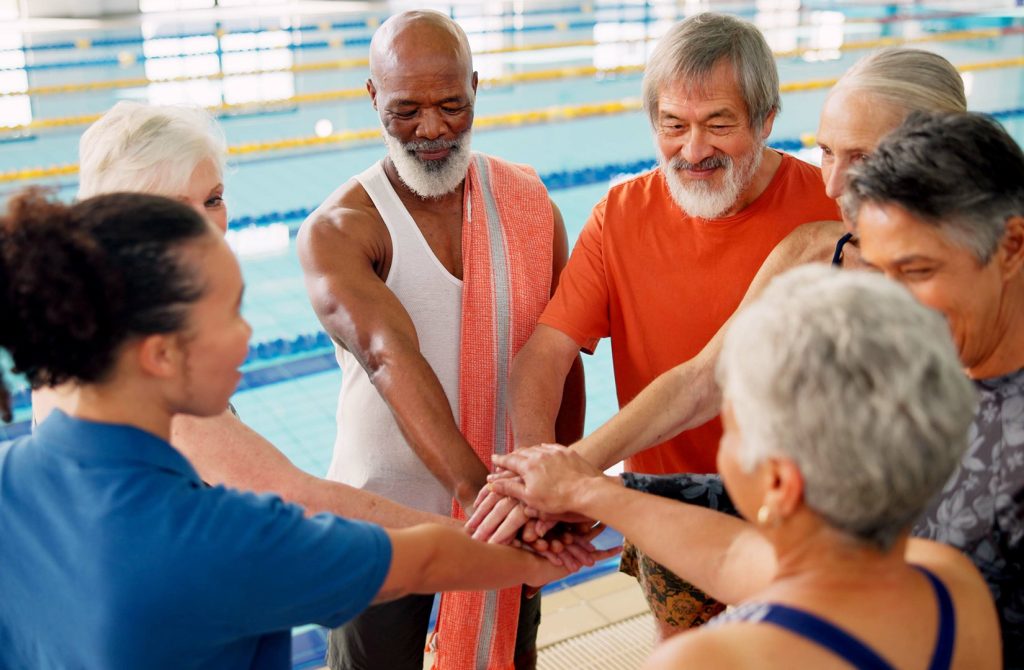Every time someone walks through the doors of an aquatic swim centre, your staff become the frontline of welcome, safety and inclusion. In Australia’s evolving pool landscape, accessibility is not just a regulatory requirement, it’s a hallmark of a modern, community-minded facility.
To build a genuinely inclusive culture where everyone feels valued, safe and able, training your team is essential. Here’s what every staff member should know and how you can embed it in your workforce and culture.
1. Understand the WHY and go beyond compliance
It’s easy to see accessibility as “just rules we must follow”, but when your team understands why it matters, the shift becomes cultural. Accessibility supports health, wellbeing, and social equity making your pool safer, more welcoming and valued by the community. It can become a place that people feel like they belong to and that applies to both the staff and their visitors.
2. Know the features and their purpose
When your staff are familiar with what accessibility features are in place, and why they exist, they’re better able to support users. It’s important to ensure your staff know about pool hoists, lifts and stairs, accessible bathroom facilities including adult change tables and ceiling hoists, parking facilities and access pathways, viewing locations and access to amenities such as cafe and reception zones. By educating your staff and making them confident in assisting guests they are more easily equipped to spot when visitors need assistance or guidance.
3. Communication & customer service training
Inclusive accessibility is not just a physical matter, it’s about how your team interacts with all users. Training topics should include awareness of different needs (mobility, sensory, cognitive) and how to adapt, use of respectful language and attitudes and assistance vs independence. It is also important to train staff on how to safely assist someone with disability in a water- or pool-emergency scenario. Well-trained staff build trust, reduce barriers and create stronger community reputation.
4. Practical workshops
Theory is important, but the real shift happens when staff practice real-world situations. Simulated scenarios helps to build confidence. Walk-throughs and role play scenarios are a great way to engage your team and build up their skill levels.
5. Embed accessibility into culture
True accessibility happens when it’s built into everyday operations. Include accessibility items in staff induction and refresher training. Make accessibility part of your facility’s KPI or quality indicator list. Encourage staff to report and fix accessibility-barriers (e.g., broken hoist straps, signage missing, ramp blocked). Remember to celebrate successes: when a user with a disability enjoys a session independently, recognise that “win”. Going that extra mile is what takes you from being known as ‘A swim centre’ to ‘MY swim centre’.
6. Continual Improvement & Feedback
The best facilities evolve. To keep improving invite feedback from users with disability — what works, what doesn’t. Audit your facility regularly against national guidelines and continually update training and facility processes.
By empowering your team with capability, awareness and genuine purpose, your swim centre becomes more than just a pool, it becomes a space of inclusion, pride and an integral part of the community.


